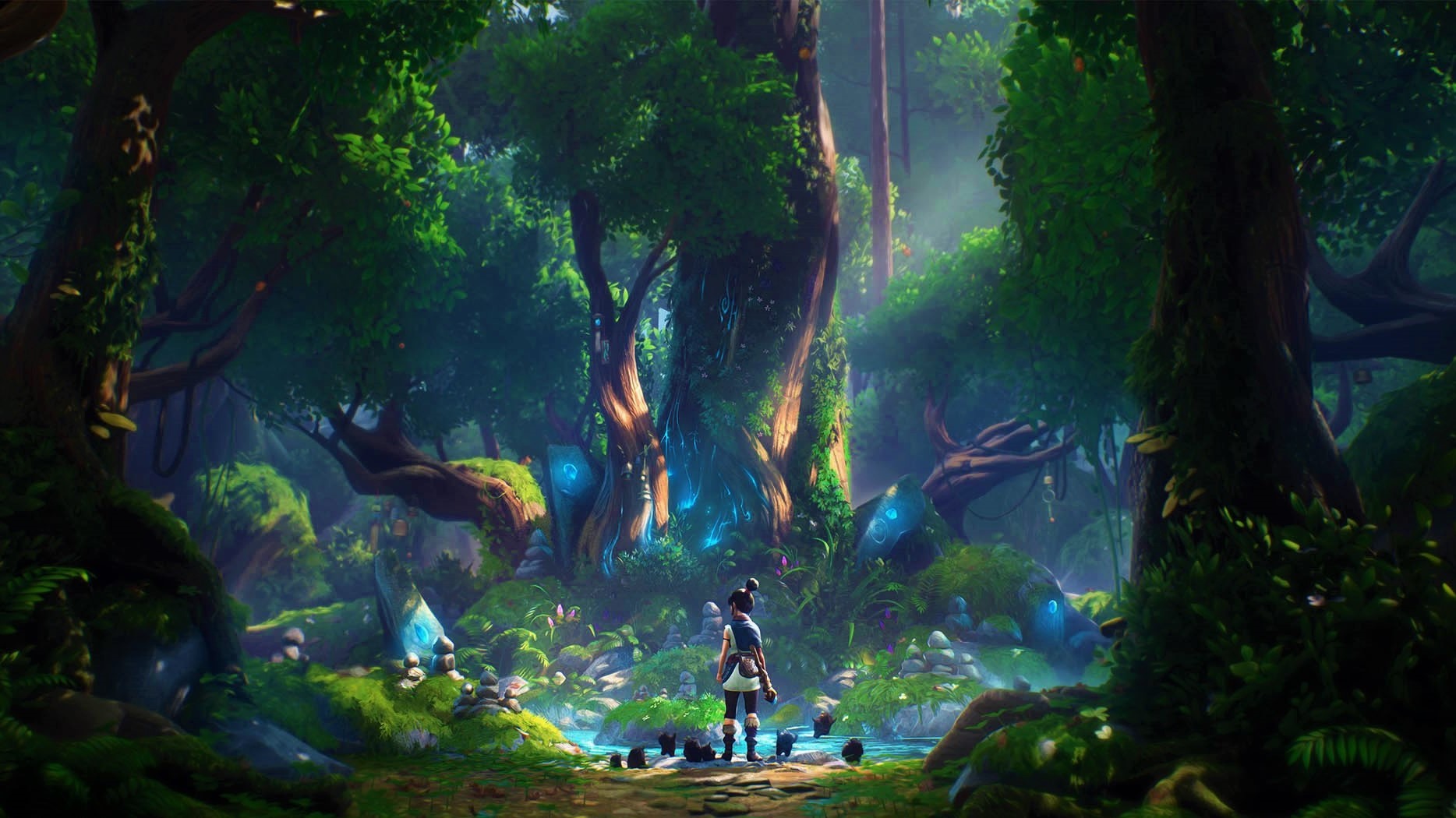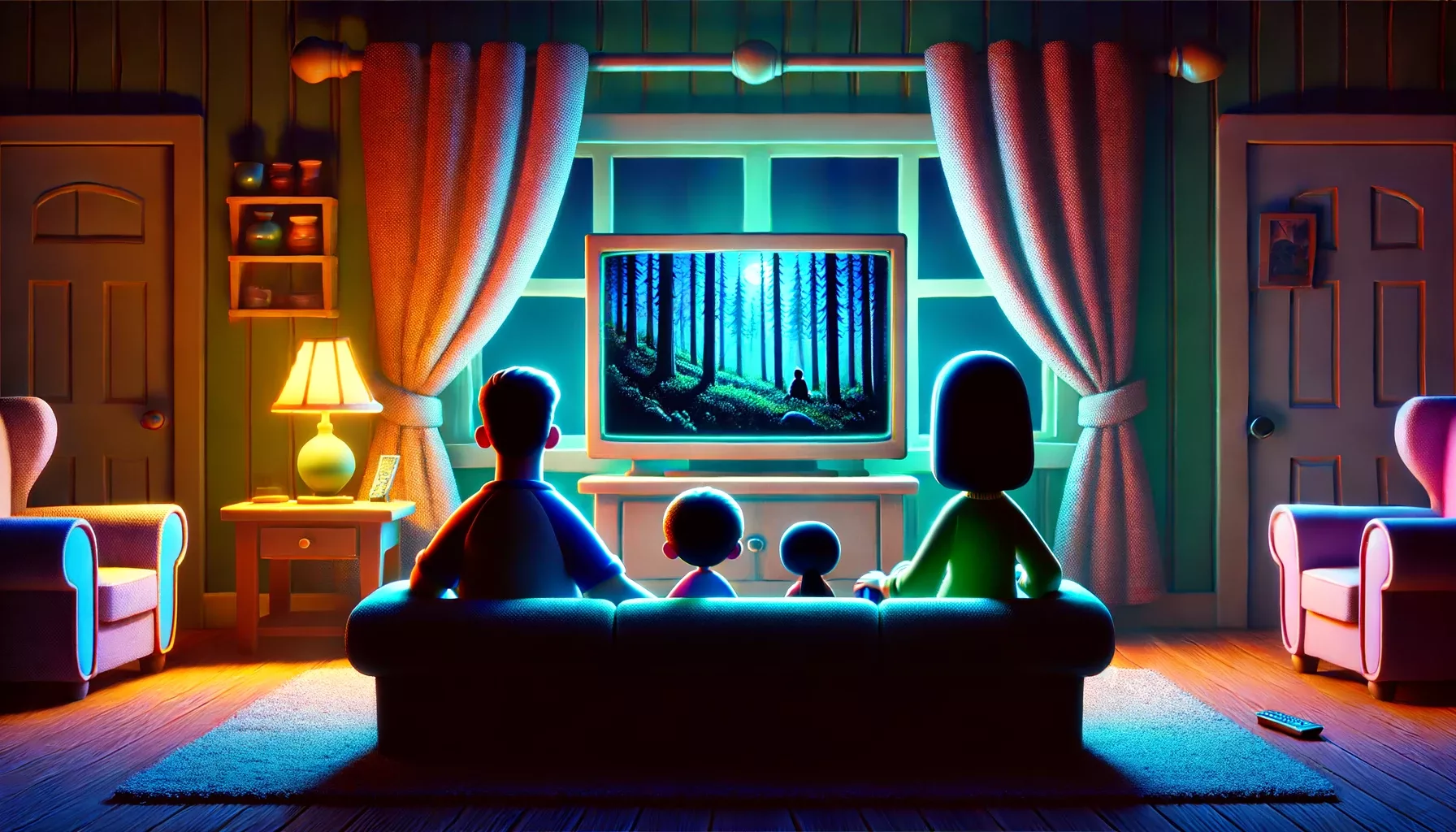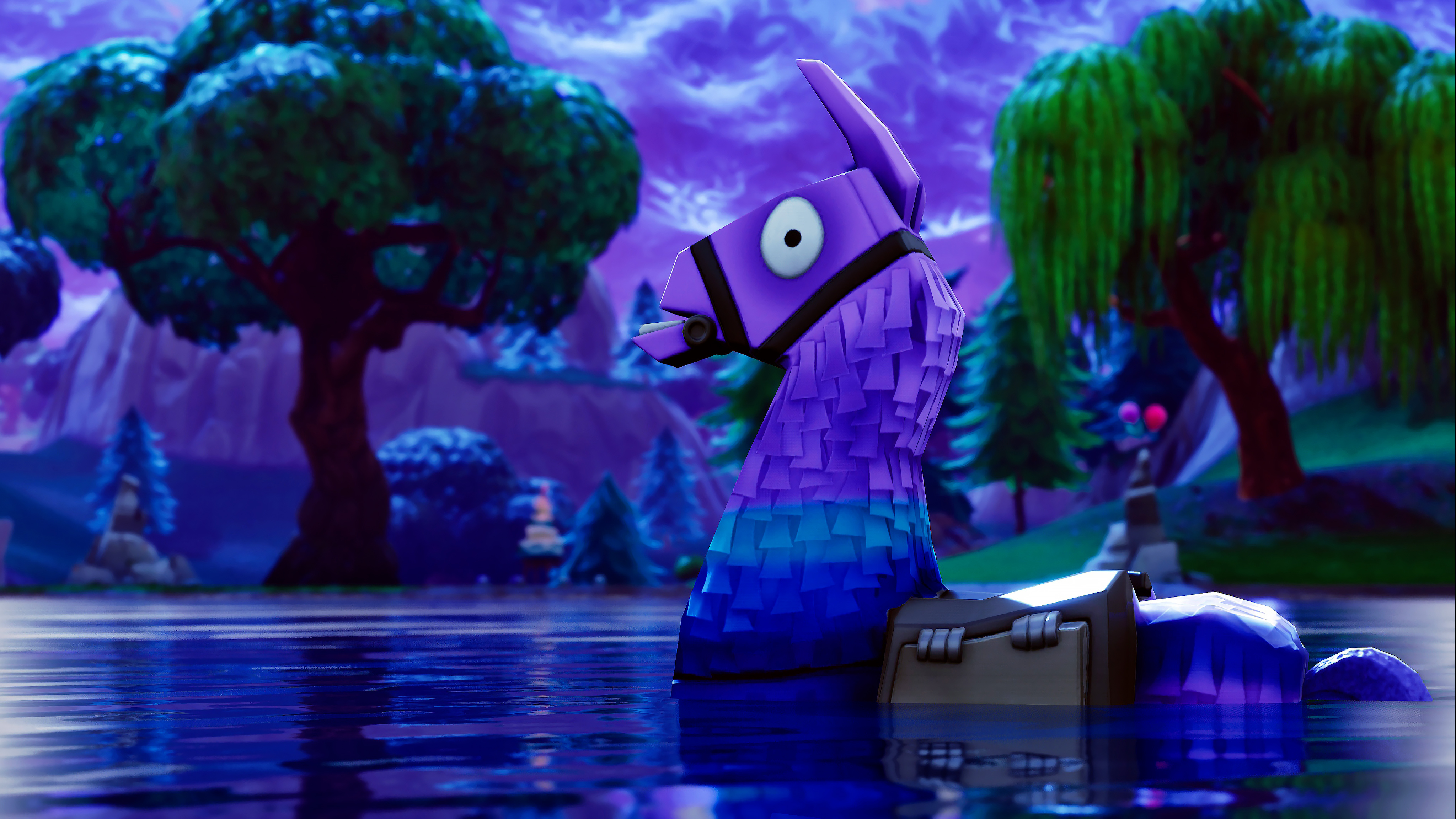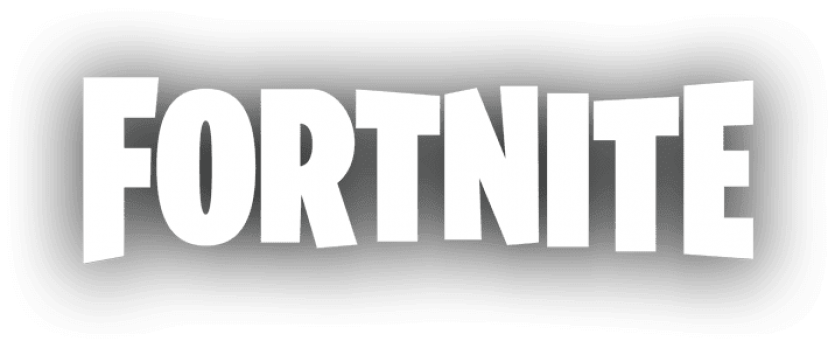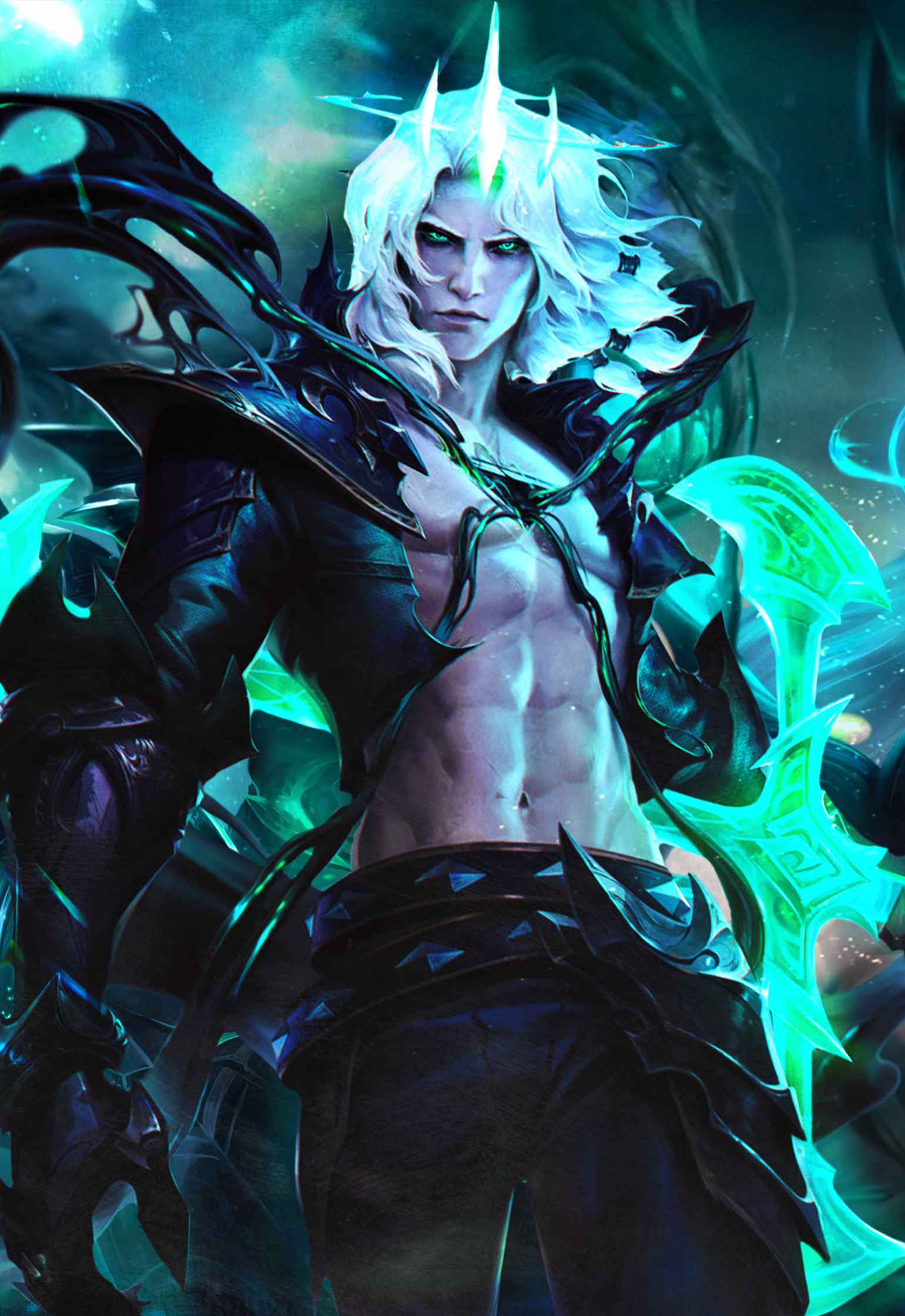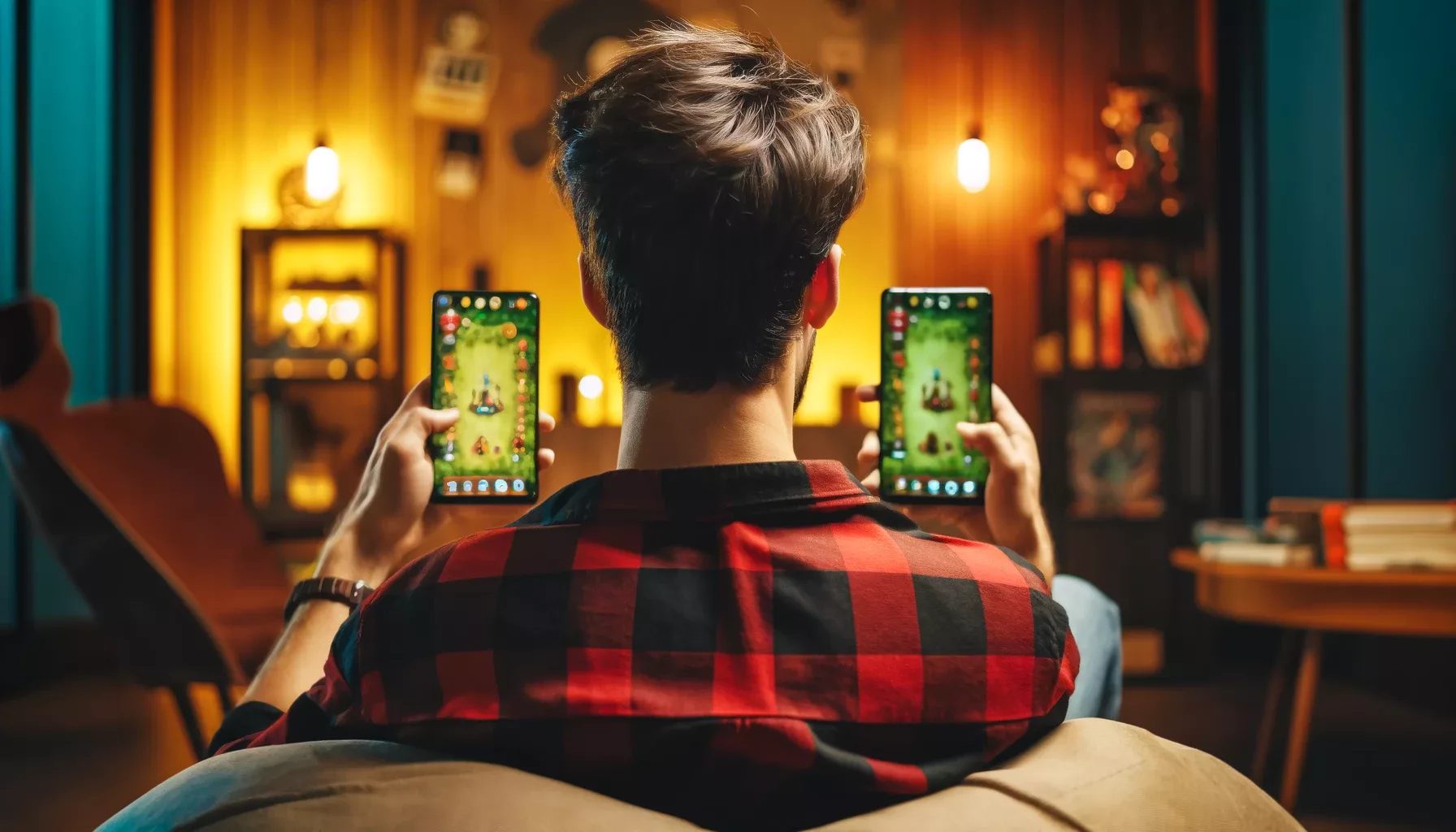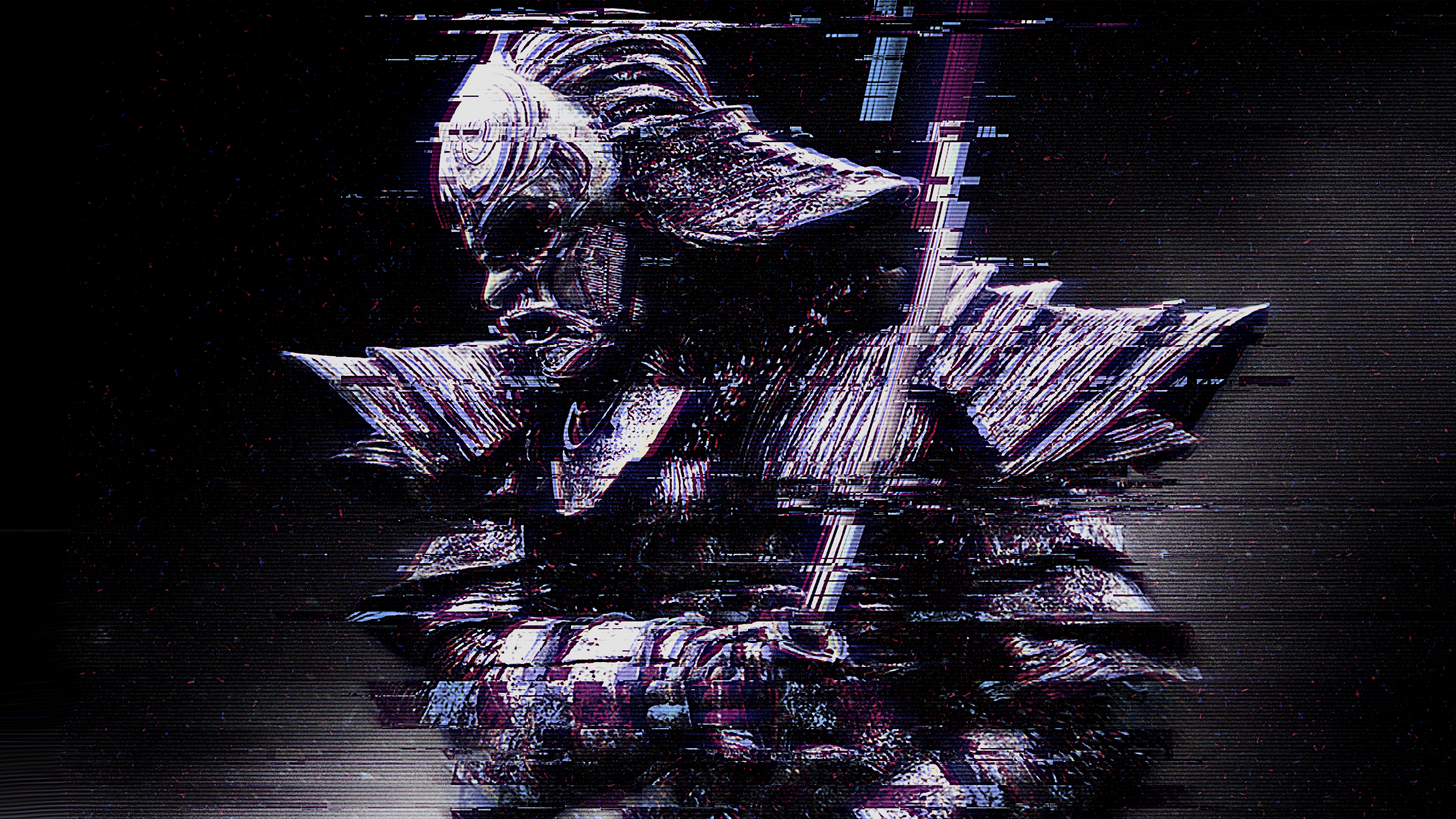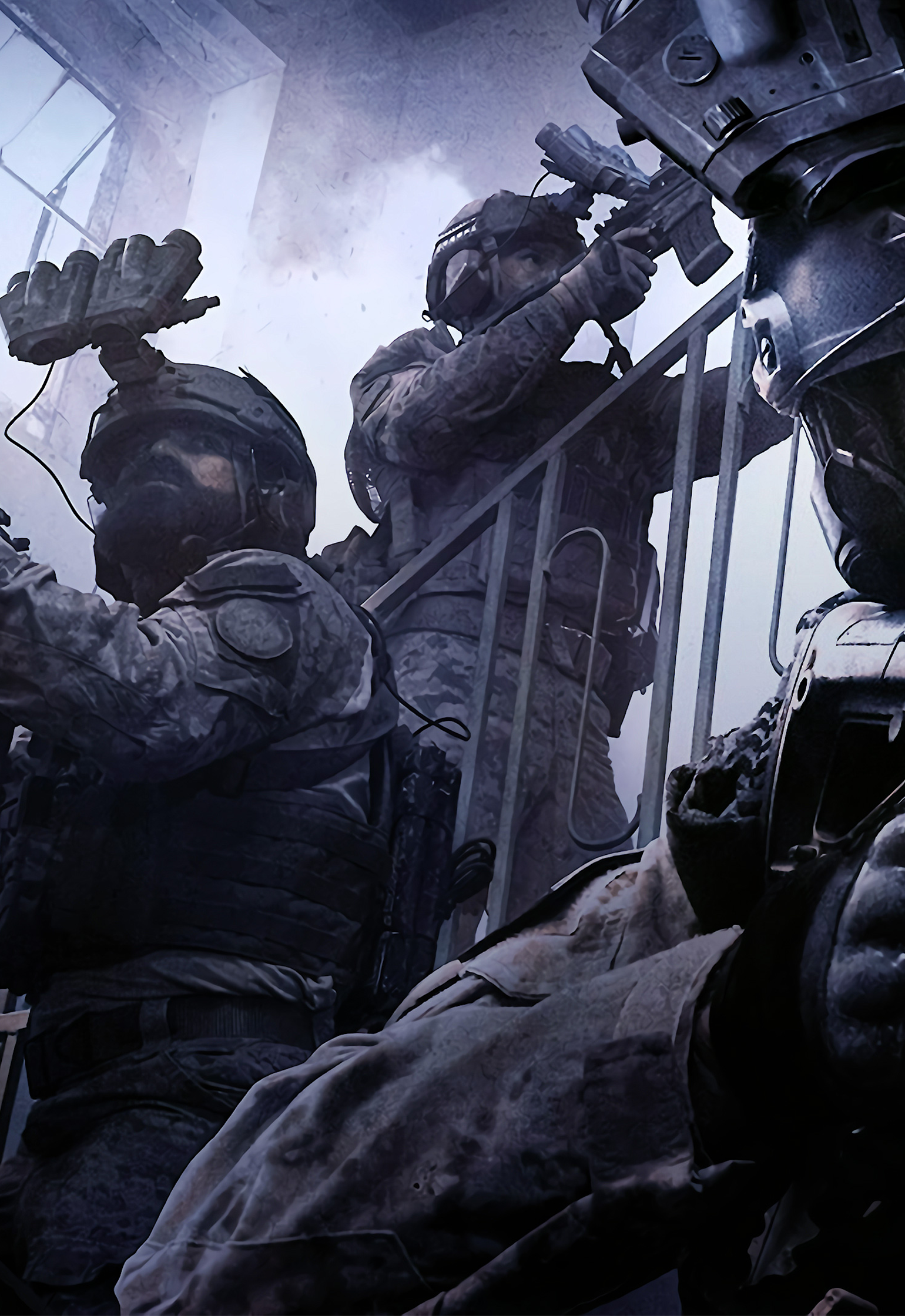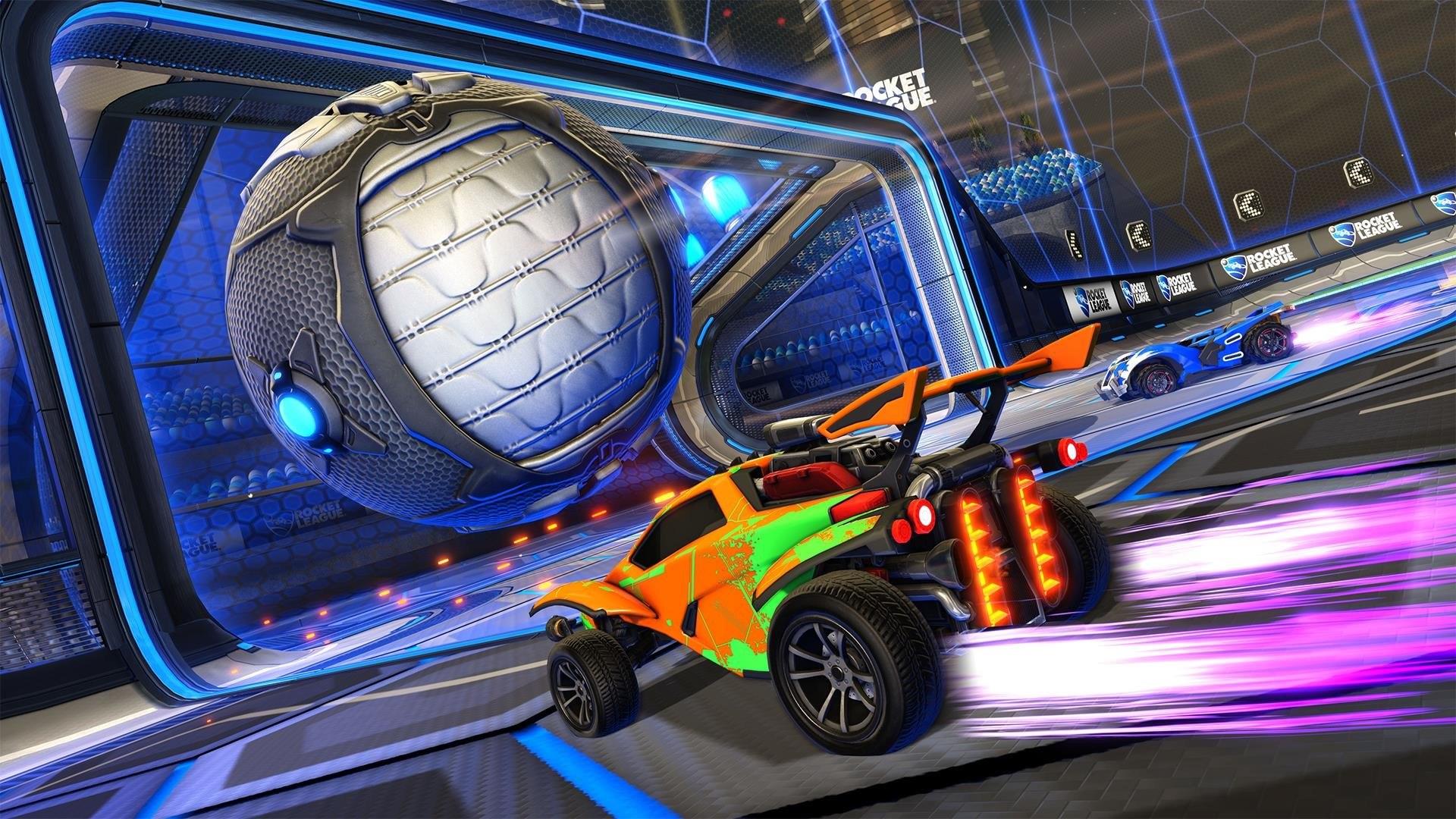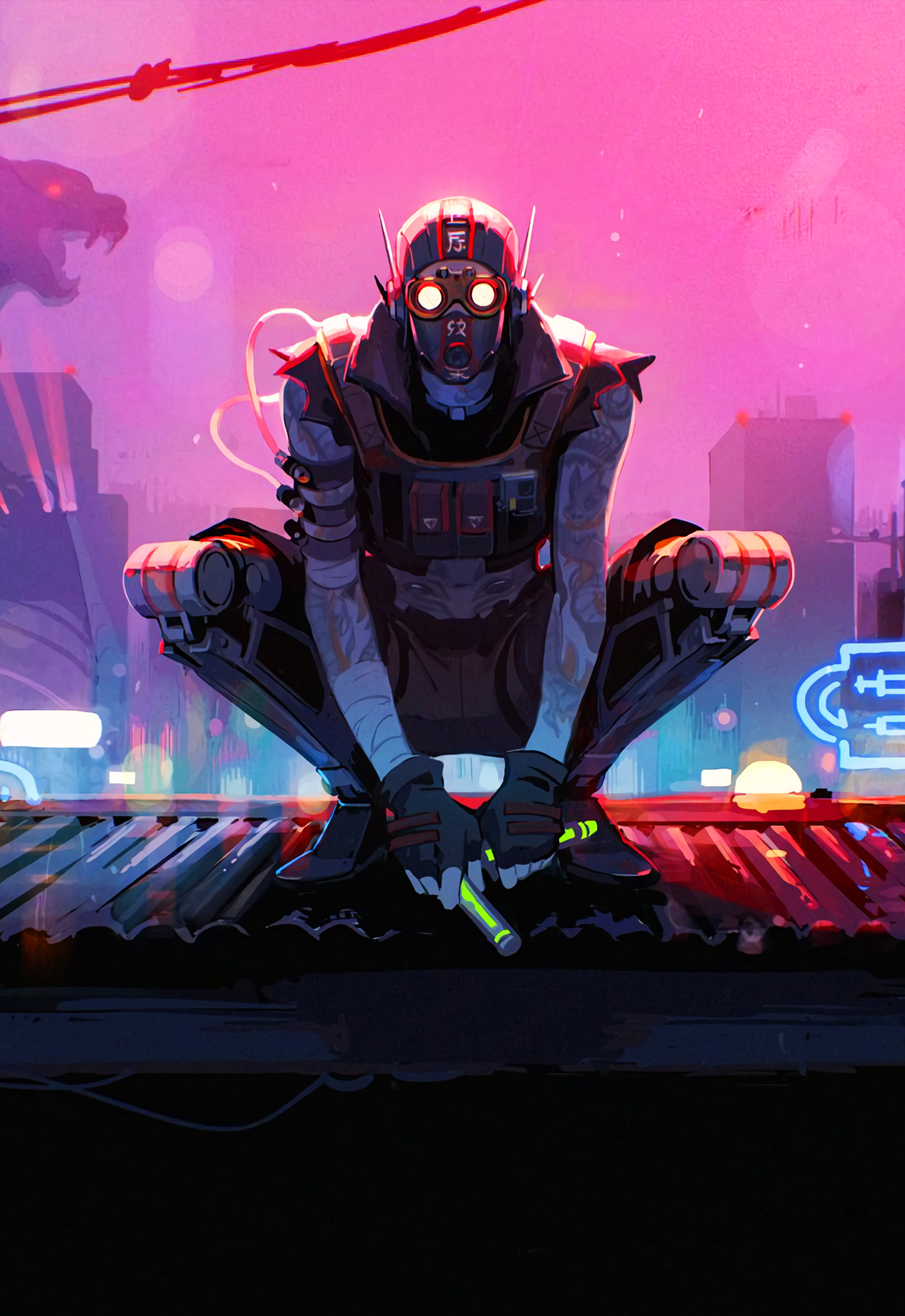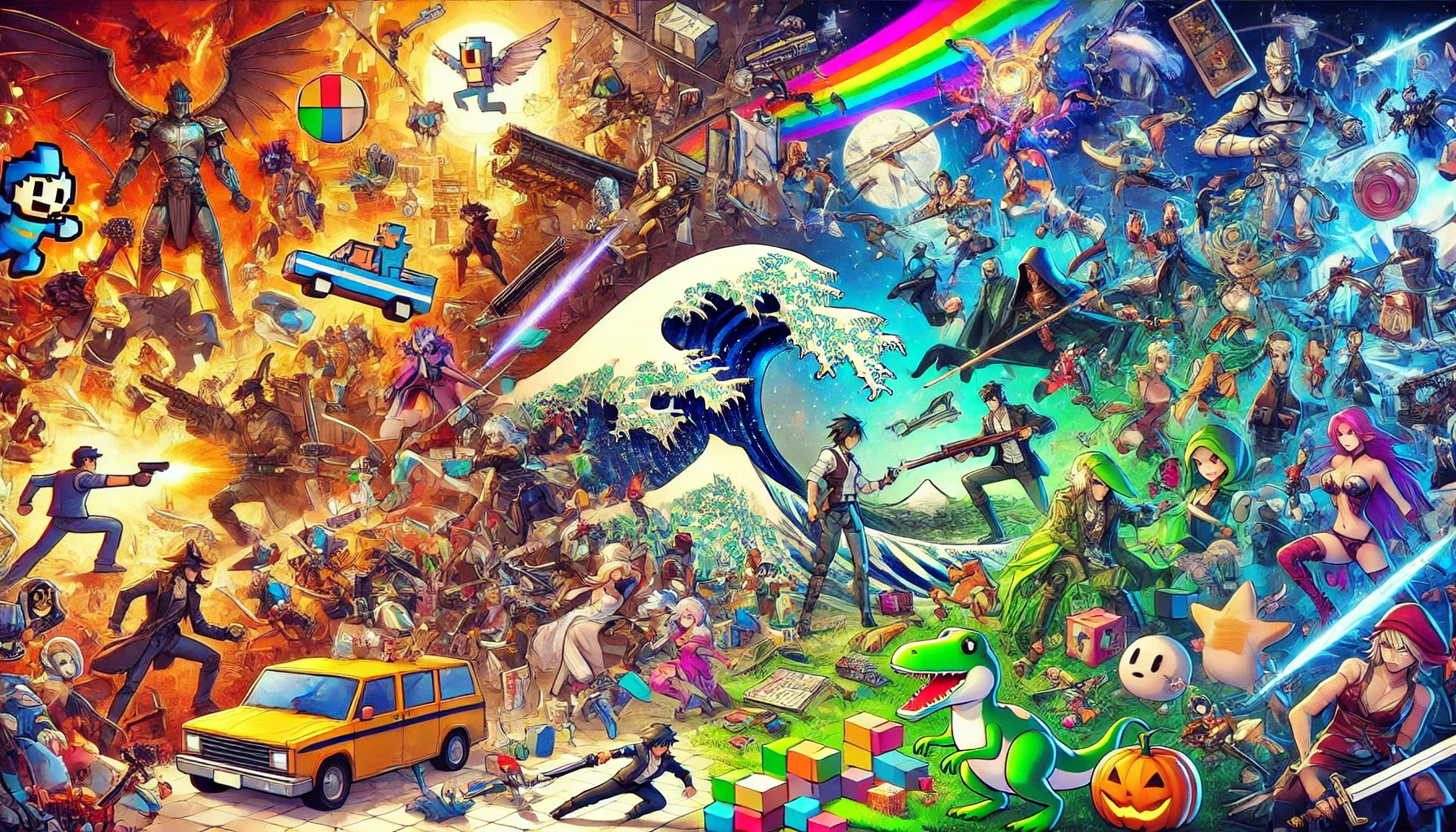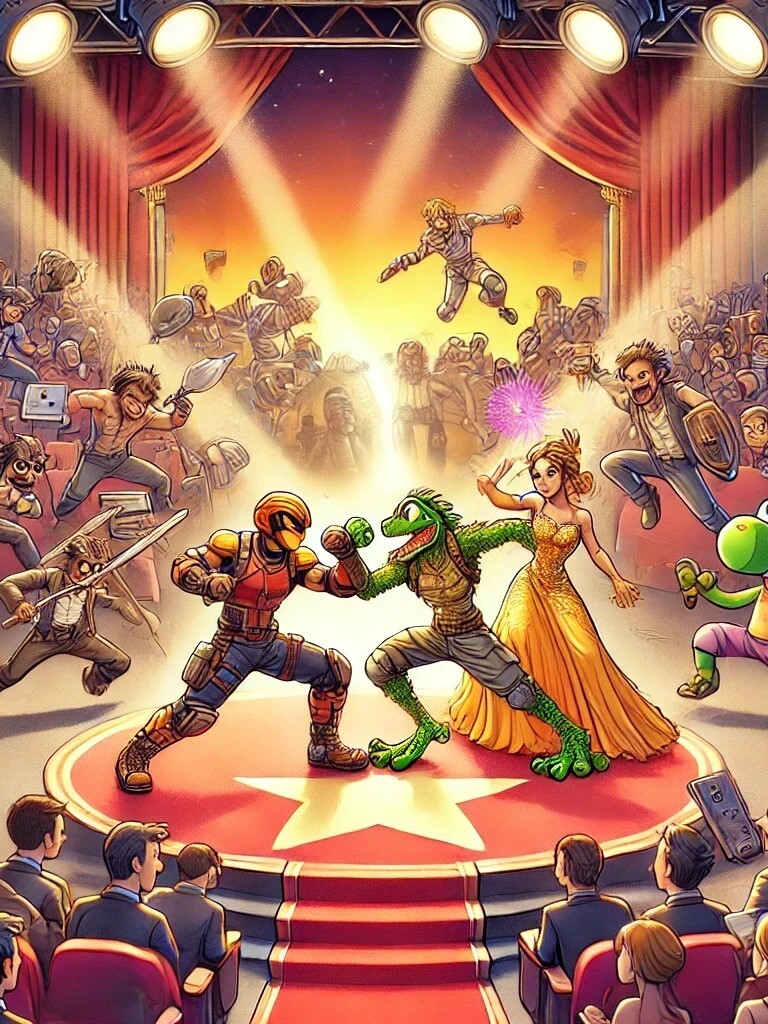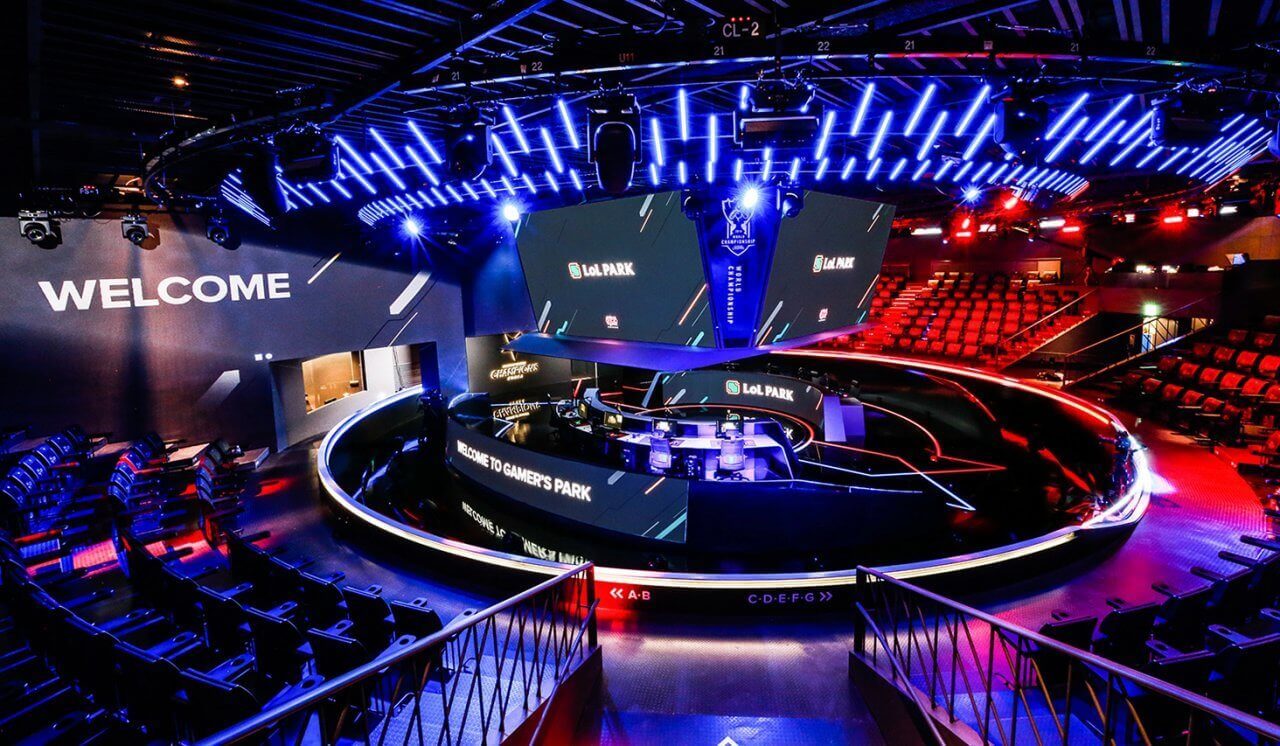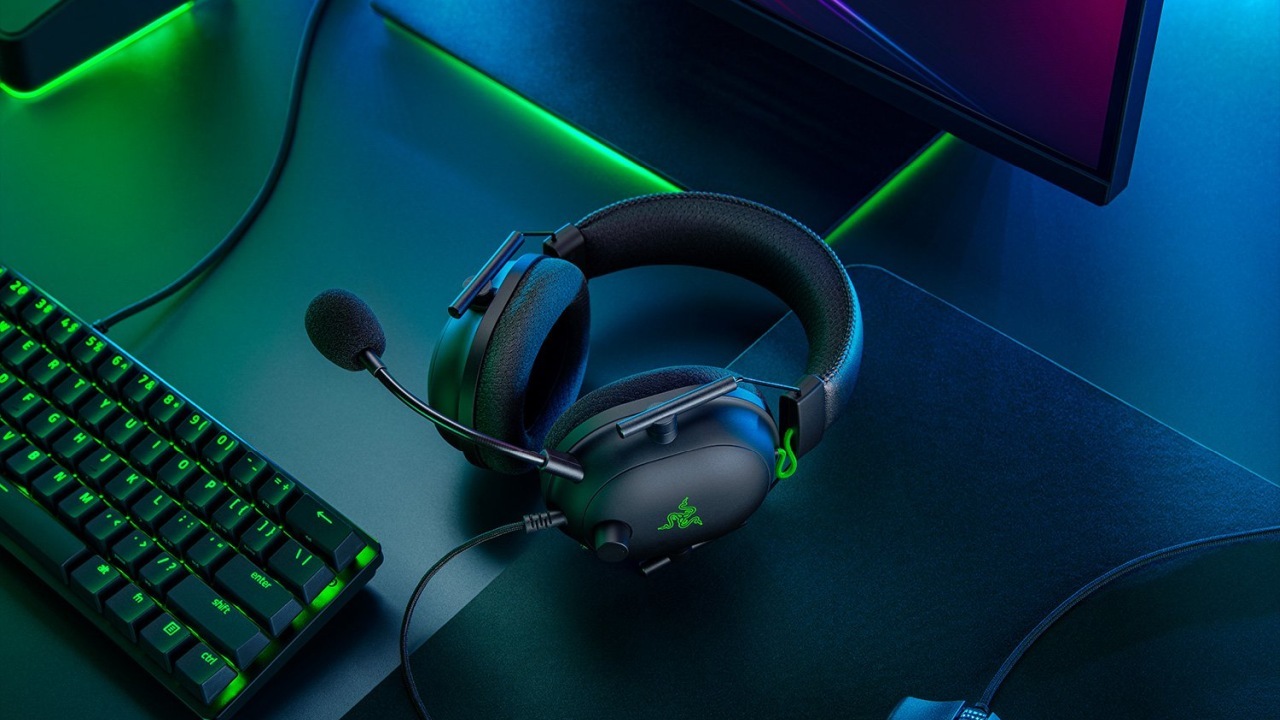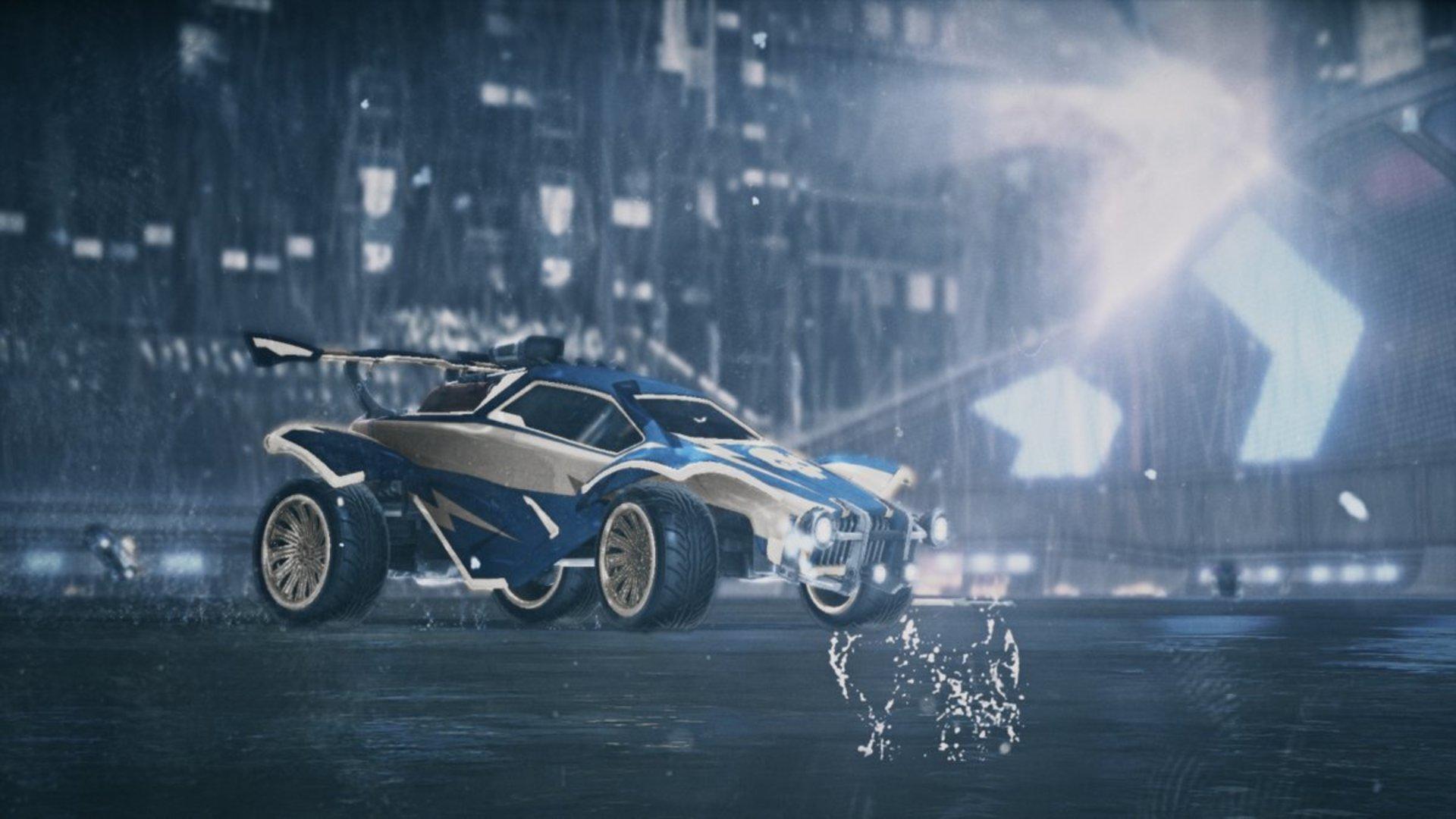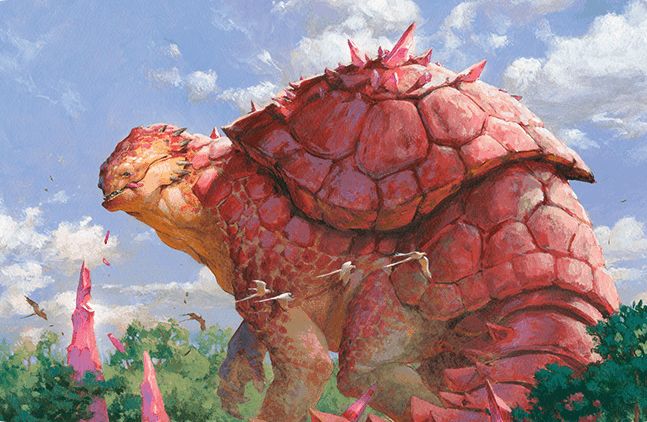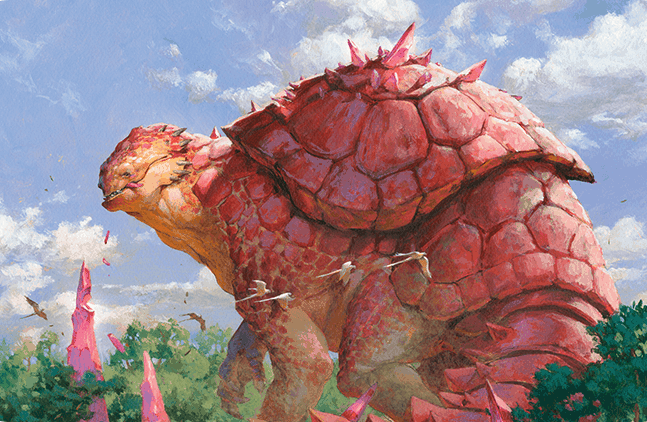
The Ikoria preview season has begun and we see new cards every day. New MTG cards means new rules, and those can be confusing sometimes. Here’s an explainer of all the major mechanics from the Lair of Behemoths.
We’ve got tons of mechanics to go through, so let’s skip the introductions and dive right into gameplay!
Mutate
Remember when we said we expect to see a “make your own beast” mechanic in our speculation article? We were right on the money because with Mutate, you do just that!
You can cast a creature with Mutate as a normal creature for its casting mana cost, or you can merge it with a non-human creature for its Mutate cost.
When you Mutate, you put one of the two creatures on top of the other. The new creature now has the stats, name, and colors of the creature on top, but also the abilities from the creature on the bottom. Basically, this means that you’ll always put the stronger body on top and the cool keywords like Vigilance or Trample on the bottom to boost the big guy.
Companion
This is the big one in the set. MTGA straight-up takes the idea of deck-building-related creatures effects from Hearthstone’s Baku and Genn and introduces 10 Companion creatures. This effect is also comparable to the Commander effects in a sense that a Legendary creature can be brought to the Battlefield from outside your hand or deck.
Companions start in your Sideboard and don’t count towards your deck’s 60-card minimum. You can have only one Companion and you must reveal and show it to your opponent at the start of the game. You can, however, include cards with the Companion keyword like normal creatures in the deck and not take advantage of the effect.
If you meet your Companion’s deck-building requirements, you can cast it from the Sideboard. Once cast, it acts like a normal creature - when it dies, it goes to the Graveyard and everything.
In games of Commander, Companions can be used, even though there’s no Sideboard in the format. This is a rather big expectation Wizards are making right there. So much so, that one of the 10 commanders, Lutri, The Spellchaser, is already banned before he’s even released!
Keyword counters
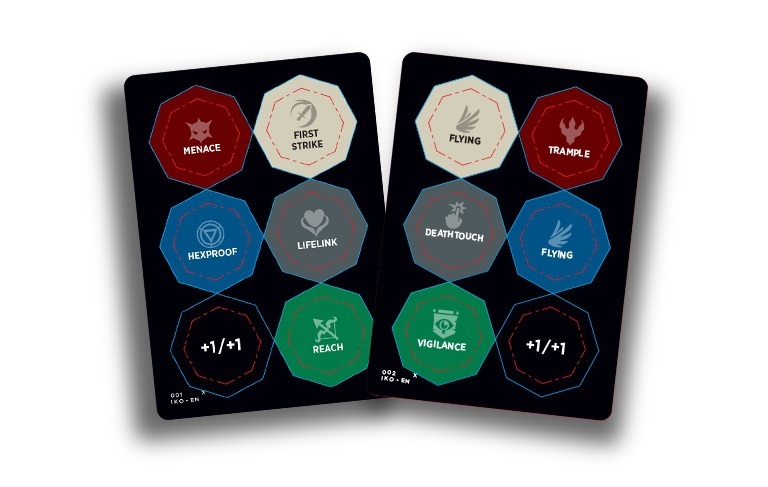
We are used to seeing +1/+1 and even -1/-1 counters, as well as tons of wacky one-time counters such as Yisan’s Verse counters.
Ikoria now introduces keyword counters. These are Magic’s evergreen effects that we’re used to seeing printed on the cards, but now pretty much every creature can gain them. Things like Flying, Deathtouch, or Hexproof can now be put on any old creature in the form of cute cardboard pieces that will be distributed at random through booster packs in paper Magic, and simply generated as images in MTGA.
Cycling
This mechanic isn’t new or unique to Ikoria. On the contrary, it has been around since the 90s, appearing here and there in sets throughout history. To Cycle a card, you can pay its Cycling, rather than its casting cost, and discard it, and then draw a card. Usually, a Cycle card will also have an effect when you Cycle it, so it grants a bonus benefit besides the draw. The last thematic set that heavily featured Cycling was the Egyptian-inspired Amonkhet/Hour of Devastation block.
Well, that about concludes our basic primer. Tons of new things are being implemented with Ikora, shifting the game of Magic as we know it. The Companion mechanic brings Standard and Limited play closer to Commander or Brawl, and the Mutate effect can cause tons of shenanigans reminiscent of Unstable’s gameplay.
Keep your eyes peeled to our MTGA section for more Ikoria updates!
